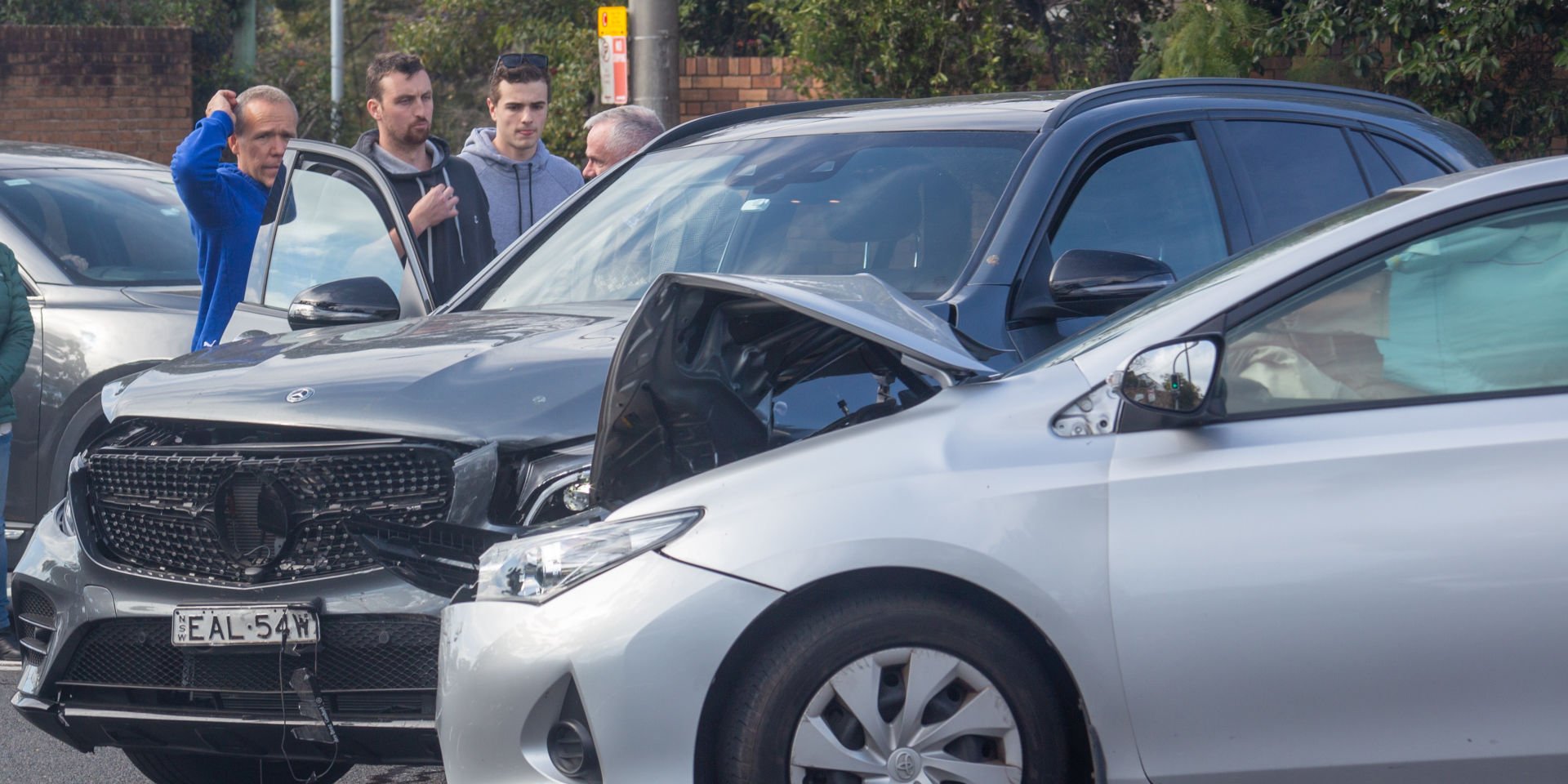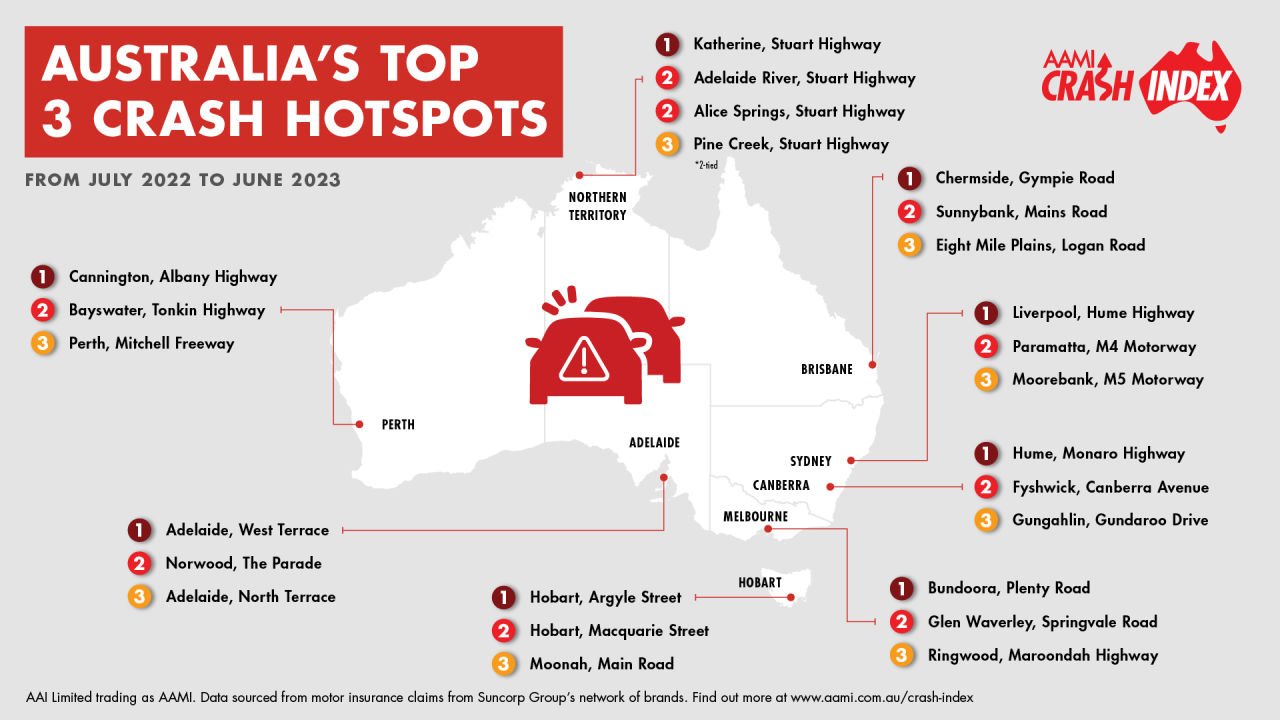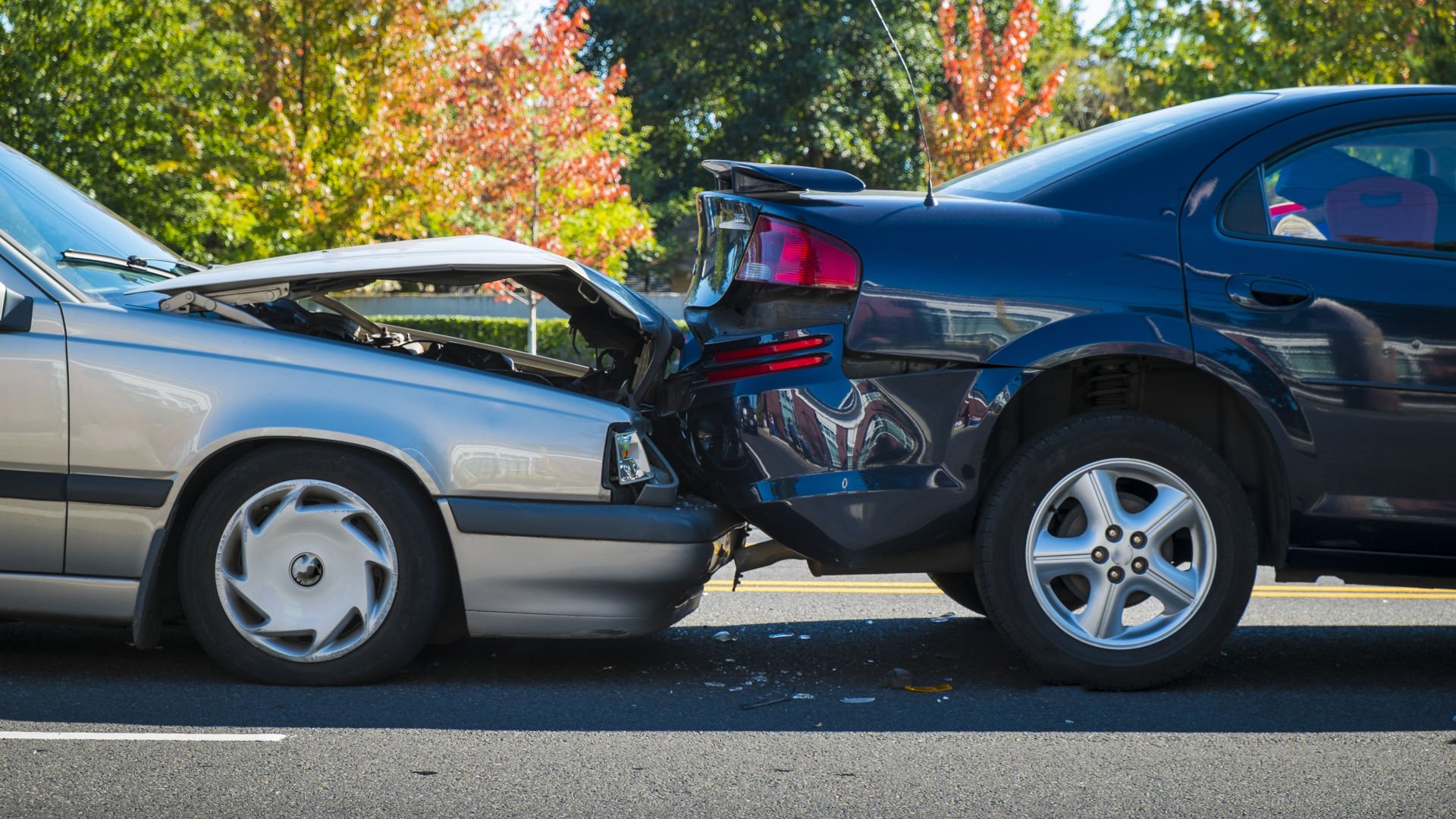
Plenty Road in Bundoora, located in Melbourne’s north-east, has been dishonourably crowned Australia’s most dangerous crash hotspot for the sixth year in a row, according to national insurer AAMI’s annual Crash Index.
The 2023 AAMI Crash Index, which analysed more than 350,000 motor insurance claims [i] across the country from 1 July 2022 – 30 June 2023, shines a light on the most dangerous crash hotspots and encourages drivers to remain safe and vigilant while behind the wheel.
Adelaide, Canberra, Northern Territory and Hobart all welcomed new #1 hotspots in 2023, while Melbourne, Brisbane, Perth and Sydney’s #1s all remained in the top position for another year.
AAMI’s Head of Motor Customer Engagement, Tammy Hall, said that while each of the top hotspots around the country had their own, individual factors which contributed to their position in the rankings, many of them share commonalities.
[i] Claims data collected from Suncorp Group’s network of brands including: AAMI, Suncorp Insurance, GIO, Apia and Bingle

Tammy Hall, AAMI’s Head of Motor Customer Engagement
These hotspots are generally major roads, intersecting with local streets through high traffic industrial, educational and shopping centre precincts, making them consistently busy throughout the day.

AAMI’s Crash Index revealed nose-to-tail collisions as the most common type of crash at the majority of top hotspots, except Hobart and the Northern Territory, where accidental damage while parked and collisions with an animal were the leading type of crash.
“Tailgating, driver distraction and potentially road rage can lead to nose to tail collisions, and to avoid them, Aussie drivers should travel at a safe distance behind the car in front and ensure they are paying attention at all times,” Ms Hall said.
“A good rule of thumb[ii], is to always drive at least 3 seconds behind the car in front (often called the 3-second gap). This should be a larger gap if the driving conditions are poor, or you’re driving a heavy vehicle. This allows adequate time to react and respond to a situation safely and avoid a crash.
“Bumper to bumper collisions often happen during peak hour traffic when the roads are busy, patience is wearing thin, drivers are tired from the day, and are in a rush to get to their destination. This is when accidents most commonly occur."
#New feature in AAMI app keeping Australians safer on the roads
To improve road safety on Aussie roads, AAMI recently launched AAMI Driver Rewards - a feature embedded in the AAMI mobile app. The new experience utilises telematics, cloud, personalisation, mobile sensors, AI and data to inspire and guide safer driving.
Using the app, customers can seamlessly monitor their driving to understand patterns and opportunities for improvement, which is achieved through smart scoring and gamification of their driving behaviours. Each customers’ safe driving view is aggregated at a trip level with further encouragement and guidance provided to drive safer. Score improvements as well as positive driving behaviours are acknowledged and celebrated in the app.
Since it launched, more than 70,000 customers have registered. Data captured found that more than 50 per cent of users who had low driving scores when they started ended up improving their score, while those starting with high scores maintained their score, indicating that strong driving patterns are consistently achieved through the app’s guidance.
Supporting this, in the first 30 days of use, telematics data showed app users maintained or improved their score in cornering (53%), speeding (60%), phone distraction (55%), hard braking (52%) and acceleration (53%).
Ms Hall said: “Through gamification and slow-but-steady behavioural changes, the app program has not only improved the on-road safety of users, but also highlighted the importance of safe driving and better understanding of the specific contributing factors to achieve this.”
“On a positive note, analysis of our crash data on the country’s most dangerous crash site, Melbourne’s Plenty Road, Bundoora, revealed fewer crashes compared to 2022. This was in line with a 26 per cent reduction of motor accident claims from FY19 (prior to a 10-kilometre speed reduction and COVID-19 lockdowns when many cars were off the roads) to FY23 (once the permanent speed reduction was in place).
Tammy Hall, AAMI’s Head of Motor Customer Engagement
The drop in crashes at Melbourne’s #1 crash hotspot is significant, and proves that the lowered speed limit, which our AAMI Crash Index data informed, has had a positive impact on the number of accidents at this notorious location.
“Our AAMI Crash Index data played a key role in identifying the need for action to reduce the ongoing rate of collisions at this hotspot, and we supported the decision to trial a speed limit reduction to help drive much needed road improvements, reduce future crashes and save lives.
“We know that even small reductions in driving speed has the potential to greatly reduce crashes, injuries and fatalities, so we’re thrilled to have seen less crashes as a result of the permanent speed reduction along Plenty Road in Bundoora.”
Nationally, Fridays were the worst day of the week for accidents (16 per cent), while afternoons [iii] proved the most common time for crashes, with almost one third (28 per cent) of accidents happening between 1.00pm and 4.30pm. Male drivers (54 per cent) were more likely than females (46 per cent) to be involved in an accident, and the worst offenders were drivers aged 35-49 (24 per cent).
“Most risks on the road can be mitigated if everyone pays attention and drives to the conditions. It’s up to all of us to do the right thing to ensure everyone’s safety on the road. All it takes is a split second of not having your eyes on the road for things to go wrong.
“AAMI is urging all Aussie drivers to take care behind the wheel, and help us reduce the number of crashes in the next year’s Crash Index,” Ms Hall said.
For more information about the 2023 AAMI Crash Index, click here.
To use the AAMI Driver Rewards program in the AAMI App, click here.
[iii] Early morning 12 – 6am; morning peak 6 – 9.30am; morning 9.30am – 1pm, afternoon 1 – 4.30pm; evening peak 4.30 – 8pm; night 8pm – 12am



